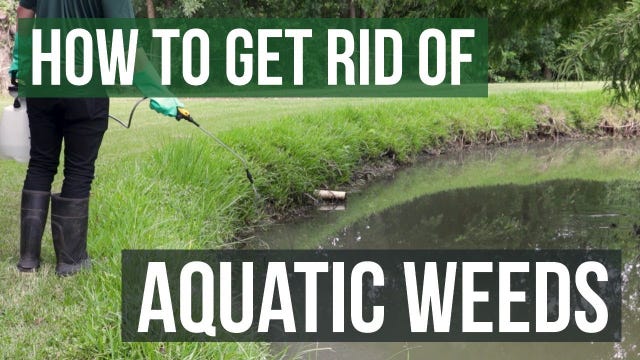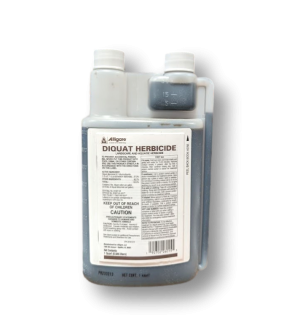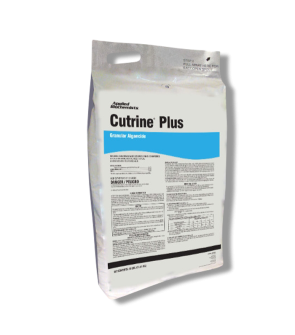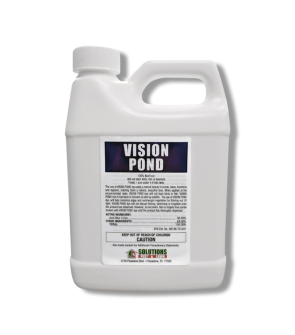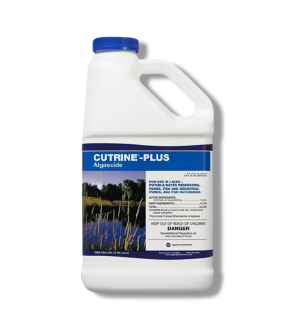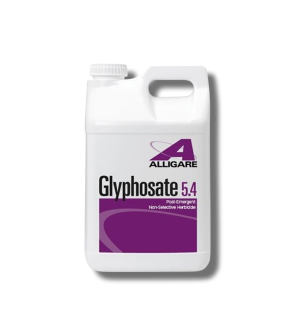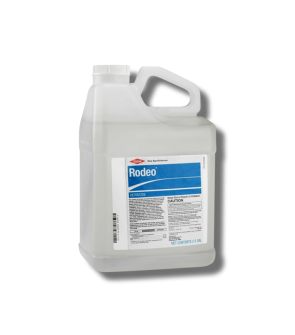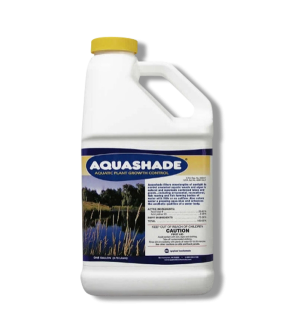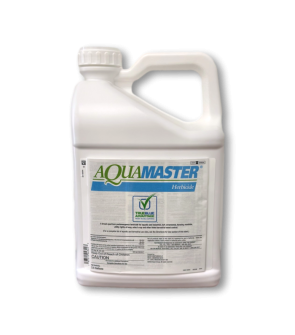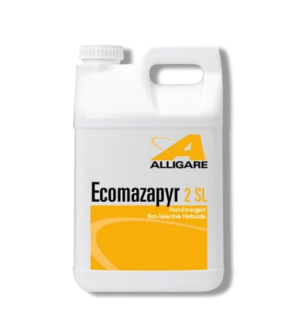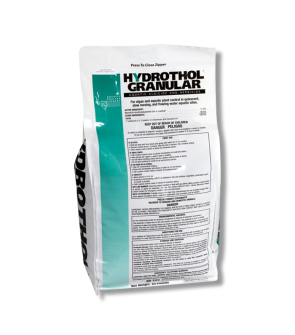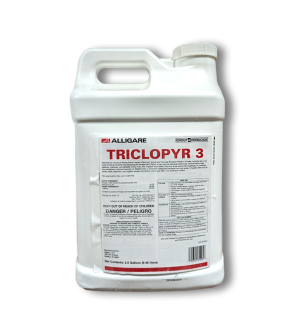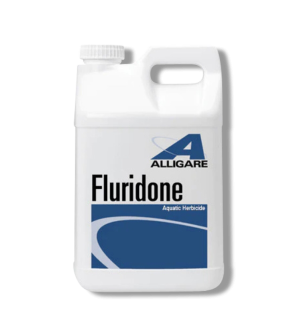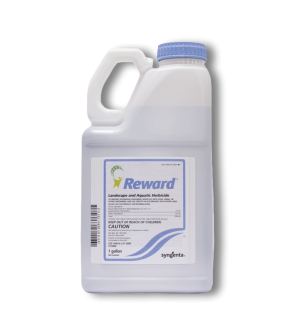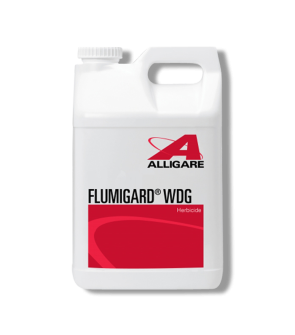Gain access to personalized product screening, the best pricing, rewards, and more!
Aquatic Herbicides
Aquatic herbicides are special chemicals used specifically to kill or control aquatic plants that are impeding upon a body of water.
When applied properly, aquatic herbicides can get rid of unwanted plant growth by breaking down the structure of the plant and causing it to die, much like a conventional land herbicide.
Aquatic herbicides eliminate plants that could make a pond look unattractive, interfere with fish and wildlife, or mess with recreational activities like swimming and fishing. Aquatic herbicides are also safe for non-target plants and animals when applied in accordance with the instructions on the product label.
On this page, we will explain how to properly apply aquatic herbicides to treat aquatic weeds you may have as well as share with you our top recommended aquatic herbicide products. You can also shop for our other reputable aquatic herbicides below.
Our Recommendations
Ecomazapyr 2 SL Herbicide - is a versatile pre and post-emergent herbicide that contains imazapyr and is used to kill unwanted vegetation on land or in water. It works by soaking into the weed, and results are seen within a couple of days.
Vision Pond Dye - is a non-toxic dye that gives water a natural-looking blue color while also filtering UV light to inhibit algae and weed growth.
Tools Needed
- Aquatic Herbicide (such as Diquat)
- Vision Pond Dye
- Pump or Backpack Sprayer
- PPE Safety Equipment
How to Use Aquatic Herbicides
Step 1: Identify The Problem Weed

Aquatic Weeds can be separated into three groups: floating weeds, submerged weeds, and emergent weeds.
Floating weeds are plants that float and move freely on the water surface, submerged weeds grow and root beneath the water surface, and emergent weeds are weeds the stick out of the water surface.
Find the aquatic weed you are encountering on your water body in our weed library for specific treatment instructions.
Step 2: Prepare and Mix The Aquatic Herbicide

Calculate the size of the water body you wish to treat to determine how much aquatic herbicide you will need.
To do this, calculate the acre-feet within the intended treatment area (area of infestation) by measuring length, width plus averaging several depth readings within the treatment area. (Length (ft) x Width (ft) x Average Depth (ft) / 43,560 = Acre-feet).
To use Ecomazapyr 2 SL for general aquatic use, we recommend using 1 to 2 pints of product per acre.
Step 3: Apply the Aquatic Herbicide To Target Area

Spray the weeds on your pond or water body, preferably on a fan nozzle spray setting for uniform coverage.
Depending on the targeted weed and the water's depth, you can spray the herbicide over the water along the shoreline, spot treat emerged weeds or broadcast spray over the water's surface.
Depending on the size of your pond, you may need to treat the pond in sections, waiting 2 weeks between treatments until you’ve treated the entire pond.
Step 4: Use Vision Pond Dye

After applying herbicides, we recommend applying Vision Pond Dye. This non-toxic dye will give the water a natural blue color and filters UV light to inhibit algae and weed growth.
Apply 1 quart of Vision Pond Dye per 1 surface acre of water at a 5-foot average depth.
If a deeper color is desired, pour this dye from several different locations around the aquatic site.
Key Takeaways
- Aquatic herbicides are an excellent tool in eliminating invasive vegetation and weeds from invading your water body.
- Our top recommendations for Aquatic Herbicides are Diquat Herbicide and Vision Pond Dye.
- Identify the problem weed (whether it is a floating, submerged or emergent weed) and then mix and apply the appropriate amount of Diquat Herbicide in a pump sprayer to your water body where the weed is growing.
- After treating the weeds, apply Vision Pond Dye. Vision Pond Dye both improves the look of your water body and discourages the growth of algae and weeds by inhibiting UV sunlight on the water surface.






